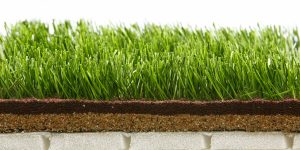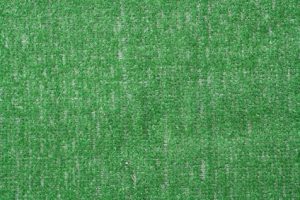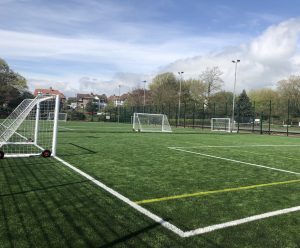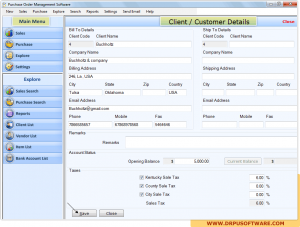Four Ways Synthetic Grass Is Saving The Planet
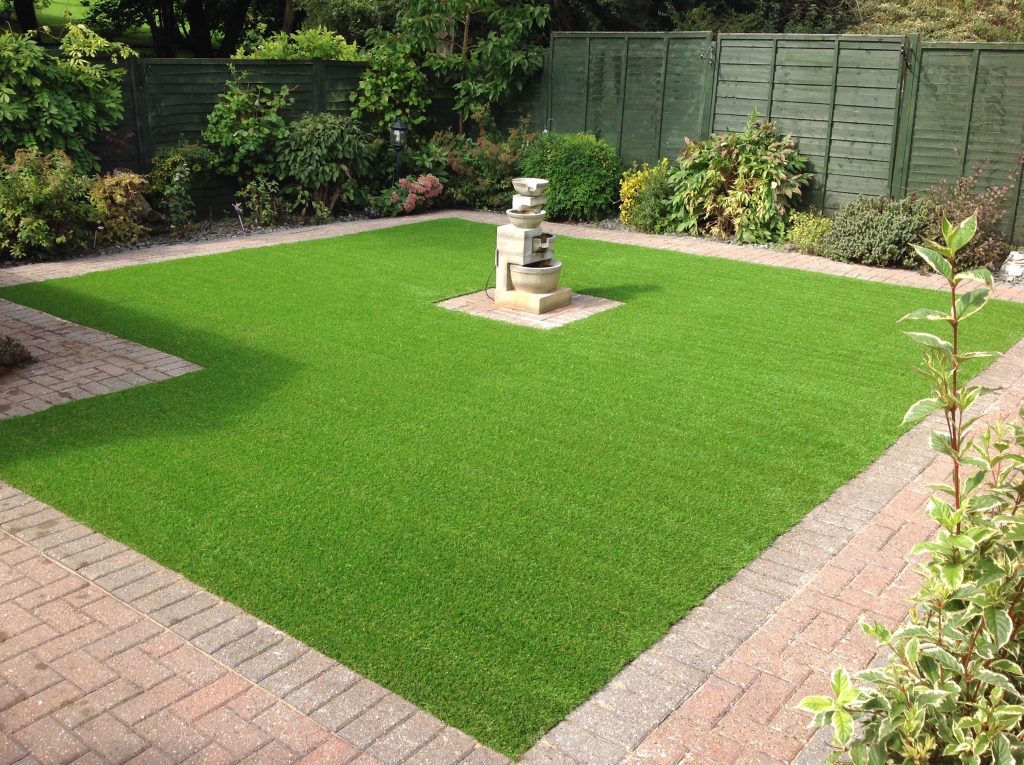
Good-looking grass is high-maintenance, and demands regular mowing, trimming, weed-removal, and watering. All of these leave a negative impact on your local natural environment- fortunately, artificial grass can provide a solution. With a small amount of routine maintenance needed, there’s no longer the need for damaging chemical sprays and fossil-fuel-dependent grass mowers. Artificial turf will continue to appear fresh for approximately Twenty years which means you can chill out and put your feet up with the knowledge that the backyard which you trust small children and/or household pets to play in, will stay contaminant-free.
Limits Substantial Water Usage
In order to maintain regular grass lawns recurrent watering is essential, certainly throughout Summer months, and this intense water usage has harmful impacts on the earth. One benefit of artificial grass is that minimal to no watering is necessary to ensure that it stays looking good. Artificial grass doesn’t dry out or die with the heat like regular grass, thus with companies like¦, you do not have to waste treasured water resources on grass.
Saving resources such as water is becoming more valuable and really should factor into your choice of grass. Artificial turf is only going to need hosing down if grime or dirt needs to be removed, and in most cases a small amount of rain will complete this task for you!
Helps Minimize Global Warming
If cutting your carbon footprint is significant to you then artificial grass is the way to go. The low maintenance that is required means that very little equipment is needed- no lawn mowers, grass clippers, or scarifiers necessary, which all use fossil fuels. Artificial grass is always clipped and weedless from the second it’s installed, and that means you don’t have to rely on any harmful lawnmowers or cutters.
Not using all of these pieces of equipment will reduce your petroleum and diesel fuel usage, and as a consequence minimize greenhouse gas emissions.
No Need For Harsh Chemicals
Grass demands the use of fertilisers, pesticides, and other harsh chemicals to kill weeds and to keep your grass looking fresh. In addition to being made from materials such as fossil fuels (further increasing greenhouse gas emissions), you can run the risk of your grass becoming toxic. This creates a dangerous environment, especially for pets and children. You will discover 1,000’s of internet sites with tips involving ‘artificial grass sample’ this is certainly one of the better ones www.artificialgrasscambridge.co.uk
No Poisonous Run-off
An additional negative effect of using harsh chemical products on grass is dangerous contaminated run-off that occurs when it rains. The rain carries the harmful chemicals that are upon the grass across surface areas and can wind up in local aquatic systems, including fish ponds and streams, in some cases killing the marine life. Intense amounts of toxic chemical contaminants running into marine environments are also able to bring about algal blooms, which significantly diminishes the o2 concentrations within the water. The marine life may then become ill and/or deplete, causing a population decrease, and cutting regional biodiversity.
Oftentimes these agal blooms may become dangerous to humans because they result in bacteria growth and increased toxin concentrations in water. This can easily cause website visitors to become sick if they encounter the dirty water, through either having the polluted drinking water or ingesting polluted fish.
Artificial turf does not have any need for any harmful chemicals and provides a solution to the harmful effects of sustaining regular grass.


